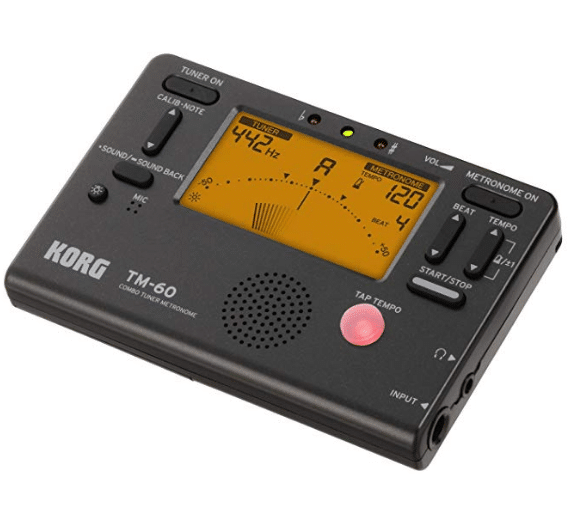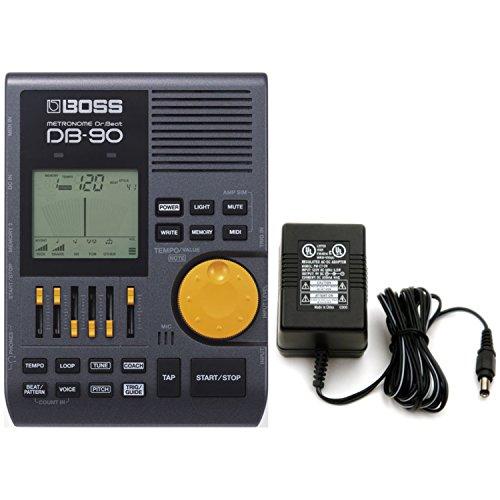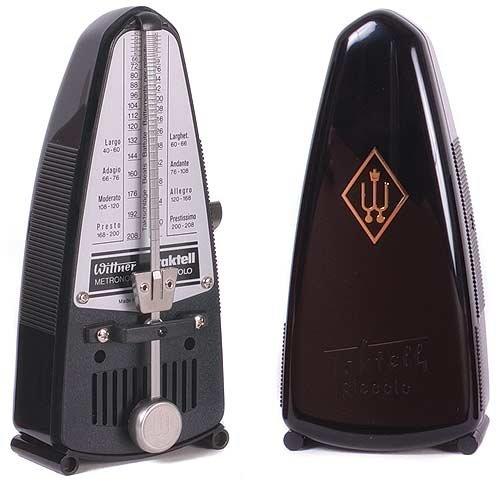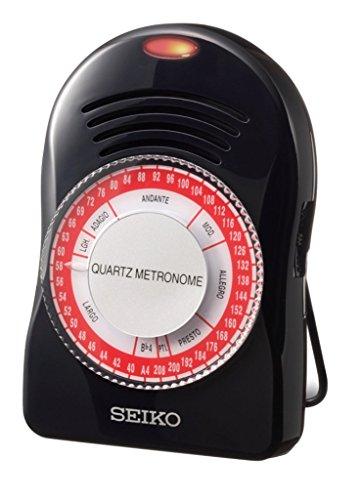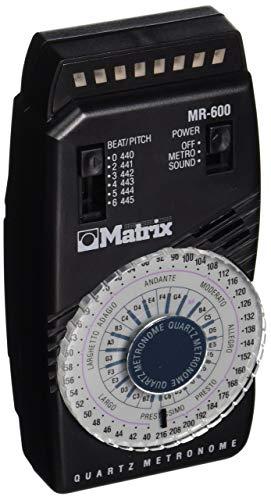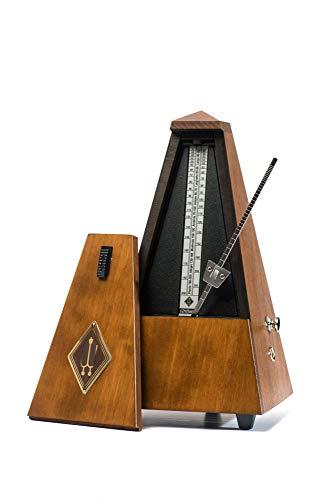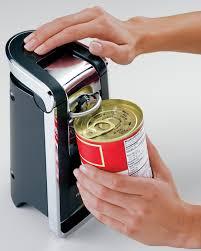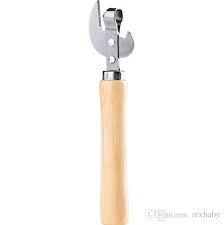In order to prevent the injuries in future, its important to warm-up before going for the actual exercise. Stretching and walking at 2-3 MPH might be the required warm-up. Once the warm-up is done, let us have a look upon the list of workouts that you can perform on the treadmill.
-
Treadmill Hill Workout

These workouts are good for those who love running over hills and also for those who want to experience the same staying away from the actual site and injuries. This exercise focuses on boosting up the speed, stamina and the duration.
The user must cool down the workout by setting the speed level to 4 MPH and the incline level to 1% in the last 5 minutes.
-
Treadmill Hike Workout
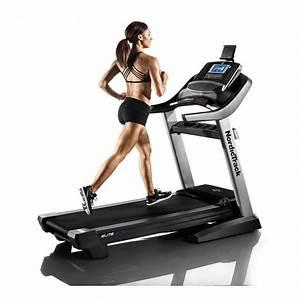
The focus of this exercise is on the backside of the user. It follows a pattern where the incline increases with the time and so does the speed that fits the skills, offering enough safety and ease during the exercise.
For this, a user must start with a 5 minute warm-up where the speed is set at 3 MPH and the incline at 2%. For the rest of the minutes, the speed limit must be from 3.5 to 4 MPH and the incline level between 4%-12%. In this, the user is suggested to keep the same rhythm as the beginning.
-
Sidewinder Workout
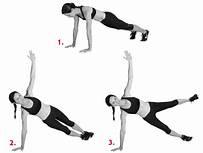
This workout focuses on improving the strength, duration, heart rate and stability. For this, a 5 minute warm-up with the increasing speed from 2.4-3.5 MPH is a good idea. A 2 minute sideways walking must be done where 1 minute is given to the walking by facing towards the right and the rest is given to the walking by facing towards the left. Now, forward walking comes into the play with decreasing speed from 4.5-3.5 MPH per minute respectively. This pattern must be repeated till the next 6 minutes and the last 5 minutes must be dedicated to cool down and decreasing the speed from 3 to 2 MPH.
-
Pressed-For-Time Workout

This workout aims to work over the upper body of the user. To perform this exercise, the user must hold something in his/her hand with body weighing machines 2 to 5 pounds. This exercise must start with a 5 minute warm-up maintaining the speed from 2.5-3.5 MPH. Then a 5 minute walking followed by doing 10 reps of overhead press, front raises, upright rows and lateral raises each. Then the dumbbells must be kept away and a simple walking must continue for 4 minutes, allowing the upper body to recover. Repeat the second and third steps two more times after changing the incline to 3%. The last 5 minutes are for cooling down with the speed at 3 MPH and the incline at 1%.
-
Sprint Interval Workout
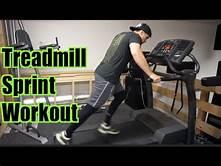
This exercise must be started by giving 10 minutes of warming up and increase in speed from 3-5 MPH. You must continue with a sprint in which your heart rate is 85-90% maximum, increasing the speed from 5-9 MPH.
Then, continue with 2 minutes of walking where you may find your heart rate to be around 120 to 130 BPM followed by the speed range of 3-4 MPH.
Continue for 20 to 30 minutes of alternating between sprint running and slow walking where the ratio of sprinting to walking must be 1:2. End this exercise by cooling down in last 5 minutes where the speed must be 2.5-3 MPH.
-
Gauntlet Workout
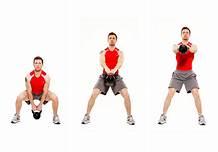
Beginners might find this exercise difficult, so its good if it is performed by more experienced users. This exercise starts with a 5-10 minutes warm-up through walking or jogging where the speed range is 3.5-5 MPH.
It continues with 1 minute of running with the speed of 5.5-7 MPH. Then 30seconds are given to kettlebell swings and 30 seconds to the push ups (both are off the treadmill) followed by 1 minute of plank (off the treadmill) and coming back again to the running on the reebok treadmill reviews with speed range 4-5.5 MPH. This procedure must be repeated at least 5 times for better results and the last 5 minutes must be dedicated to the cooling down with speed 2.5-3 MPH.
-
Never-a-Flate-Moment Workout
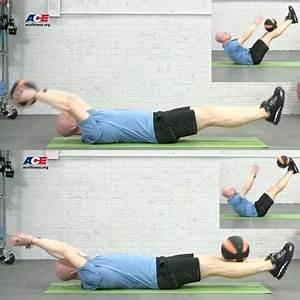
It is a highly efficient workout for burning calories. It starts with a 3 minutes warm-up with speed 3-3.5 MPH. It follows 4 minutes of running with speed 4.5-5 MPH and the decline 7%-4%. Then a 4 minute of speed walk with speed 3-3.5 MPH and incline 10%-6% respectively.
7 minutes running intervals and 11 minutes endurance incline 4MPH with 10%-15% incline are the next steps of this exercise. The last 3 minutes are dedicated for cooling down with the gradual decrease in speed and incline from 3.5-2 MPH and 3%-1%.
-
Side Shuffles
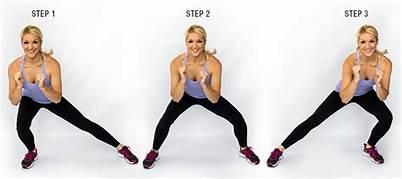
This exercise focuses on improving the thigh thighs’ muscles. This exercise is performed at a speed limit between 3-3.5 MPH to ensure the safety of the user.The side shuffles are done by turning right on the treadmill and flexing the knees, staying low in the legs, keeping the eyes up, body tall and not letting the feet cross each other. After 2 minutes, switch sides and shuffle.
-
Walking Plank

This is for those who find the regular plank difficult. With the walking plank, the legs should be positioned off of the treadmill, but in straight line away from it, keeping the hands on the running belt. Set the speed at 2 MPH and do this for at least 5 minutes.
-
Crab Walk

It has difficulty in performing it but is really fun. Set the speed to 1-2 MPH, stay in crab position, with the hands facing away from treadmill on the side of treadmill base, feet flat on the floor, hips elevated and the back facing the ground. Place the hands on the treadmill belt and start walking the hands in the forward direction.…


